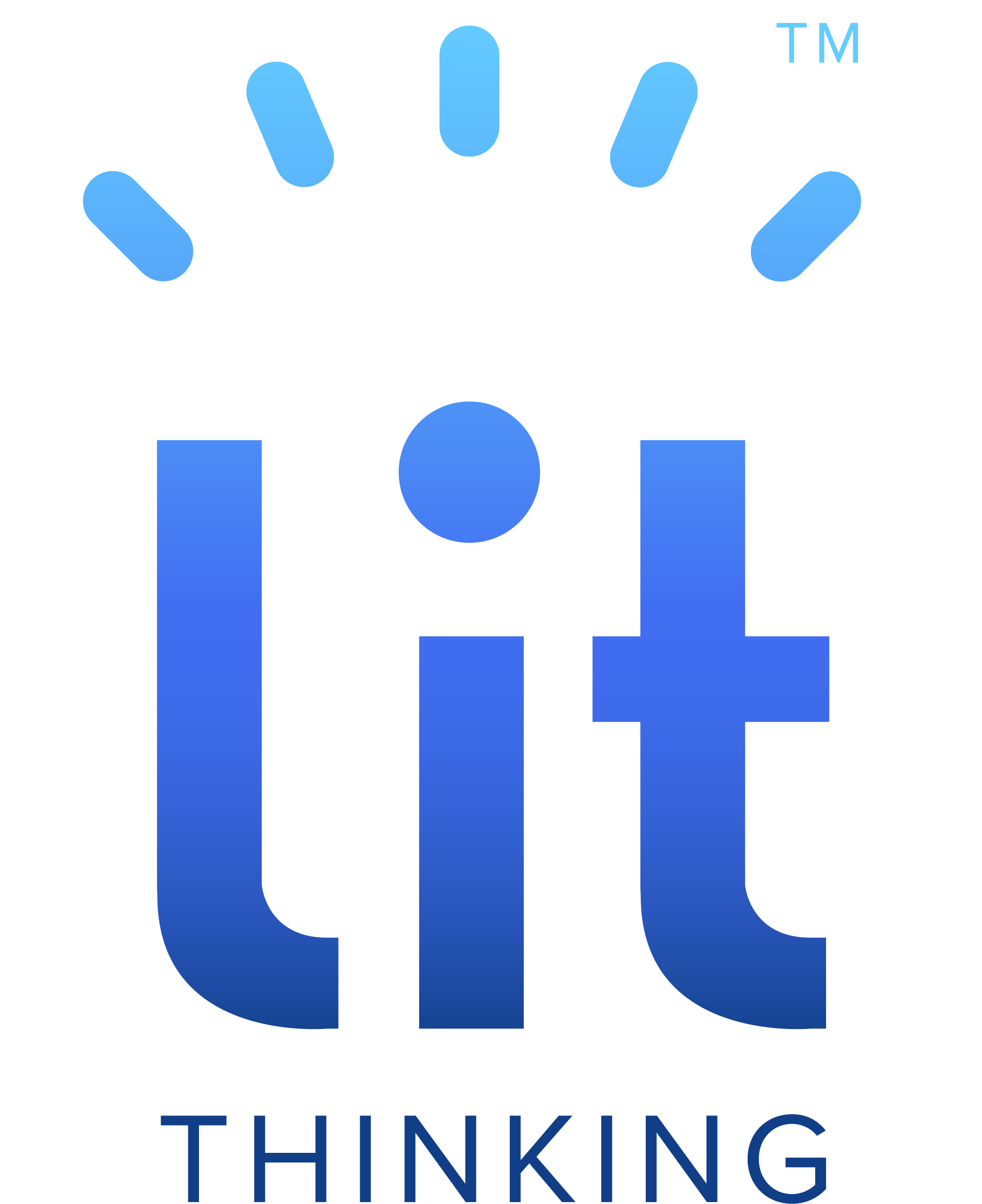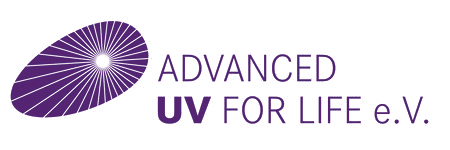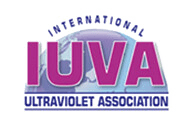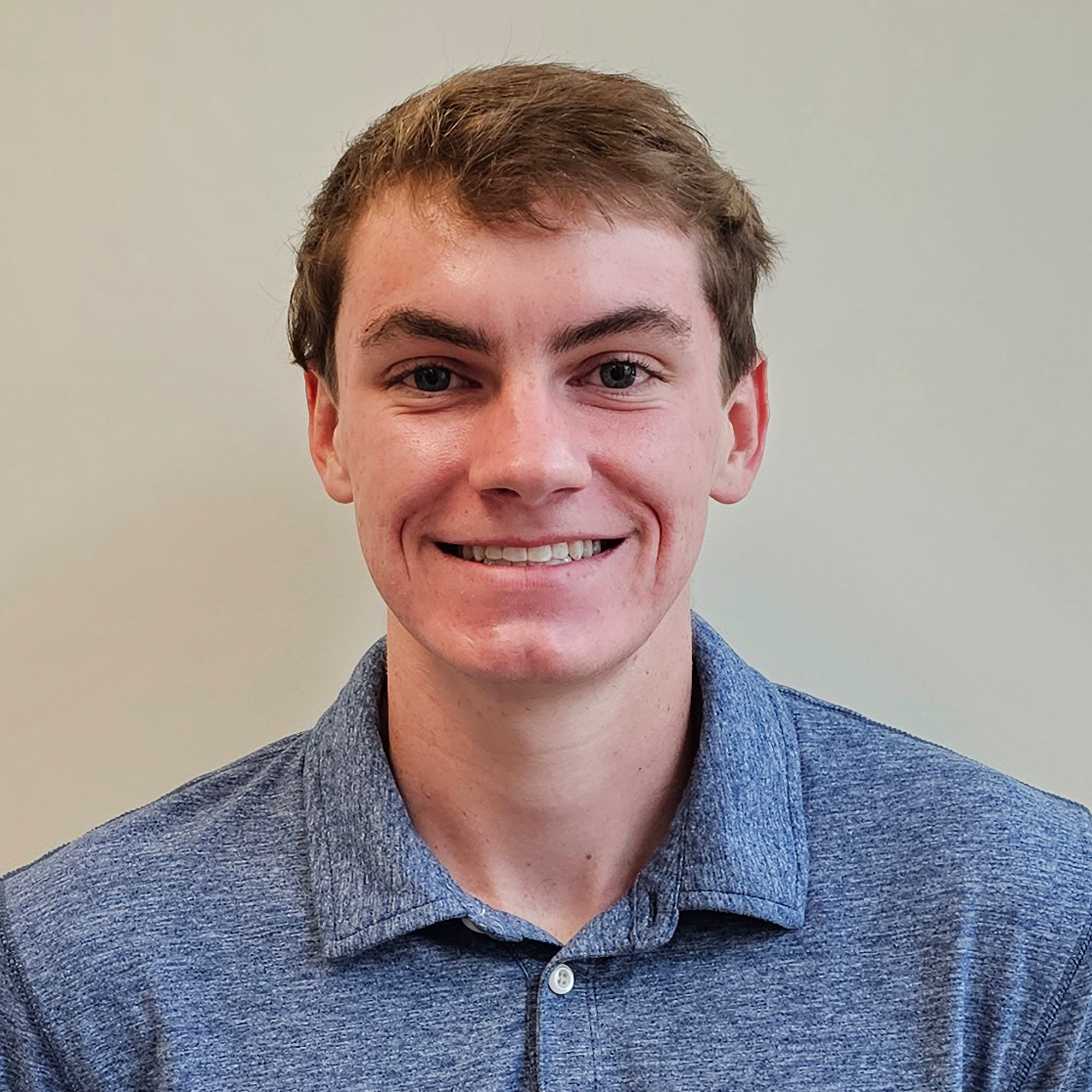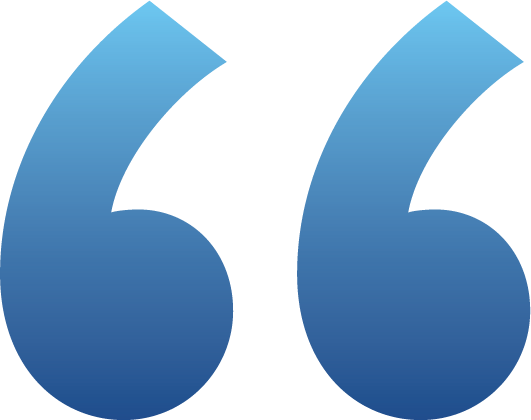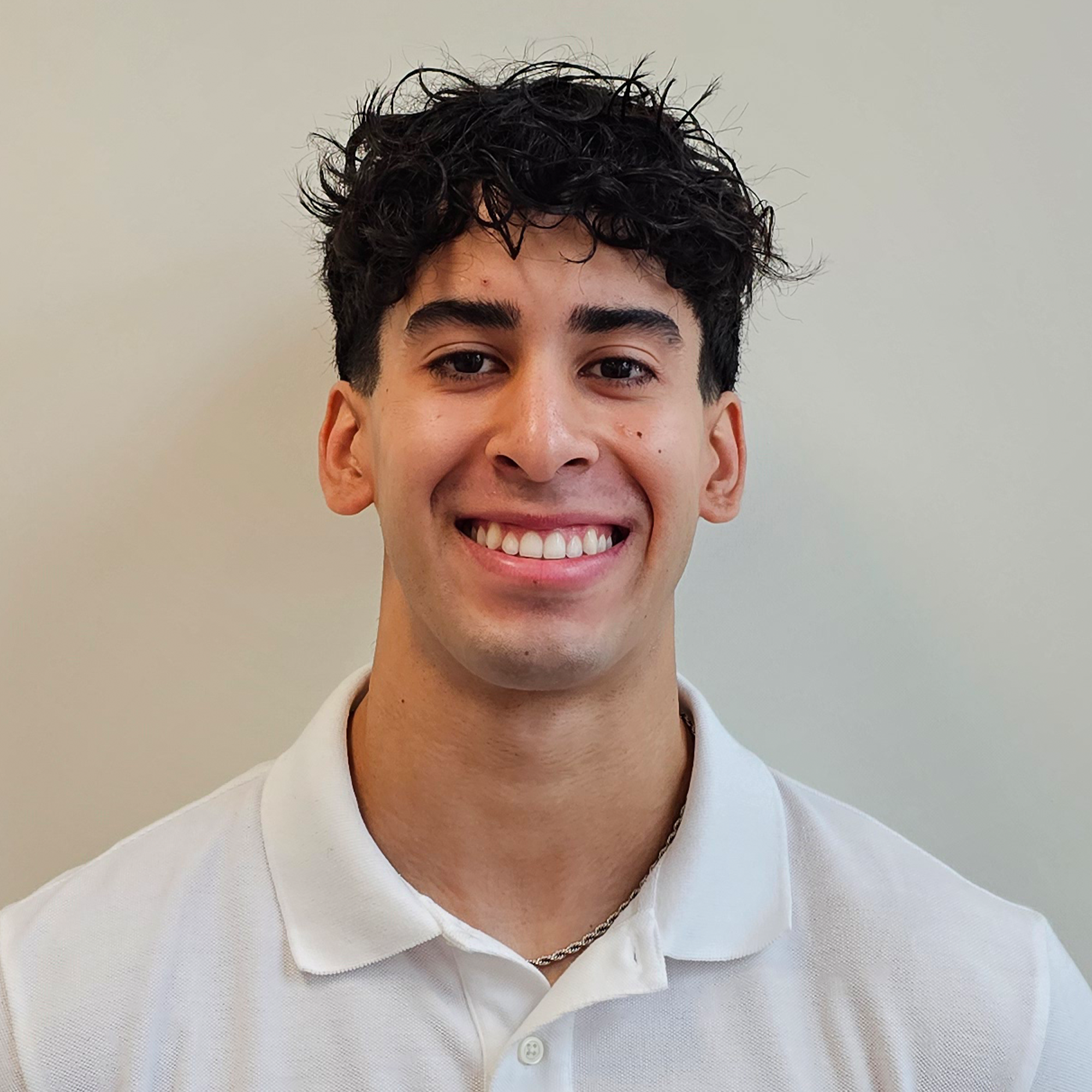Lit Thinking: New UV Tech to Keep Office Spaces Healthier
This light kills pathogens but doesn’t harm humans.
- Healthier office spaces can only help people stay safer and companies more productive.
- New spectrums of UV light can kill almost all of the pathogens in a given indoor area.
- New pandemics and bioterrorism are still a concern; this could help us stay safer.
:max_bytes(150000):strip_icc():format(webp)/SharedWorkspace-746a0235c49e4b2690a29df2361f9cfa.jpg)
Imagine walking into an office, a library, or a hospital and knowing that most of the pathogens in the room, from COVID to the common cold, are actively being eliminated.
That’s the reality of startup Lit Thinking’s Visium products. These UV-spectrum lights can kill all the airborne pathogens that lead to people getting sick without harming humans.
“If you think about it from a technology perspective,” said co-founder and CEO John Rajchert in a Zoom interview, “there are things like air conditioning, the internal combustion engine, [and things like] antibiotics. This new pillar, then, is germicidal, ultraviolet light.”
UV light killing pathogens isn’t anything new, said Rajchert. We’ve known about the effect for more than 100 years. The problem is that it’s harmful to us.
“[UV wavelengths] penetrate into the basal layers and can produce carcinogenic effects,” Rajchert said. “So, we’ve always thought about it as being very good for sterilizing and very good for killing germs, [we need to] just stay away from it.”
:max_bytes(150000):strip_icc():format(webp)/RSE_LIT_1-8094b1ff24374124a889ca202af2a2ef.png)
Around 2014-2017, he said, Columbia University’s Professor David Brenner found a specific wavelength of UV light—around 222 nanometers—that didn’t penetrate or harm the skin but was still very effective against pathogens.
Then the pandemic happened, which Rajchert says accelerated the research and interest in this specific type of UV light.
The action of the light, said Rajchert, is logarithmic. In other words, it can remove up to 50 percent of the harmful pathogens in a room in the first 20 seconds and more over time. His company’s lighting system has an app that can be used as a control and visualization panel. The app shows you what percentage of pathogens are removed from a given room, based on exposure time and some algorithmic statistics.
“This is huge for taking out and really lowering [the infection rate for] things like the common cold, influenza, tuberculosis, hospital-acquired infections, surgical site infections, and obviously the two big ones that we worry about,” he said.
The next pandemic could be right around the corner, said Rajchert, and bioterrorism is an ever-present threat. He thinks that this technology, as implemented by his company, could help us stay safer than ever.
Assist With Air Conditioning Systems
:max_bytes(150000):strip_icc():format(webp)/ConferenceRoom2-c21c10d6df5644a2b8b2bd7327cc9ed0.png)
Rajchert made sure to mention that germicidal UV light isn’t the only solution for keeping people healthy. There are all sorts of other environments we go to that don’t have this sort of tech installed.
One thing it does help with, though, is reducing our reliance on air conditioning, which is also an effective way to keep pathogens from accumulating in the air. The CDC, for example, recommends that an enclosed space gets five changes of air per hour.
That can be expensive, though, and uses a lot of energy, which we’re supposed to be conserving. So the idea is that if you can’t exchange the air in your room up to the CDC-recommended level, these types of lights can help manage the levels of airborne pathogens.
Air can be recirculated rather than exchanged, said Rajchert, and then the pathogens in the air will be killed with the more energy-efficient germicidal UV lights.
“It’s not our job to say turn the air conditioning down,” said Rajchert, “but we certainly can provide opportunities so that we don’t have to turn the air conditioning up.”
The standards are being built right now, he said, and the US government has been proactive in creating them.
Safety and Efficacy
:max_bytes(150000):strip_icc():format(webp)/Visium-Surface-Clear-Optics-small-dcc7ad83237441cab424276157ca70b2.png)
People have two main questions when they install these systems, said Rajchert. Does it work and is it safe?
“We’ve got hundreds and hundreds of independent studies to show that it works,” he said. “And again, [we have] hundreds of studies [on exposure safety] to a point now where the American College of Government Industrial Hygienists published upper limits, which we stay well within.”
The company is getting ready to deploy its systems in some offices, at a large research hospital, and they have a collaborative research agreement with the US Navy. They also have scientific agreements with Cornell University and Nagoya University in Japan.
“Interestingly enough,” said Rajchert, “[we’re] moving into agribusiness and specifically animal farming, [as well as] the reliance on the cost of antibiotics.”
Lots of the illnesses found in large groups of livestock and chickens, he said, are airborne. This tech can help kill those pathogens, helping farmers rely on less oral medication, which is key for both costs and the long-term health of the animals, not to mention better for human consumption.
Air Quality Is Peace of Mind
:max_bytes(150000):strip_icc():format(webp)/AdobeStock_524371662-5e6e9e5bba924eae8e2d1dc6043a50fc.jpeg)
Not only do the lighting units deploy germicidal UV light, but they can also measure temperature, humidity, CO2, and ozone levels in a room, and they create a score for indoor air quality. There’s a third-party proprietary device embedded in the lighting unit.
“This takes a mix of volatile organic compounds, CO2 measurement, and some level of nanoparticles as well, and it combines it into a proprietary score,” Rajchert said. “Anything under 100 is really good indoor air quality.”
Ultimately, this gives us all a broader piece of mind when returning to the office environment, he said.
“Not only do you get this cool lighting tech [but also] a more thorough understanding of what’s going on [with indoor air quality],” Rajchert continued. “And I think for people who want to return to work and feel comfortable coming to the office and not bringing things home to their kid, this is absolutely great. Being able to look at their lobby dashboard as they walk into the office, I think, gives an incredible peace of mind.”
Correction 7/12/24: Updated paragraph 6 to the correct nanometer measurement.
